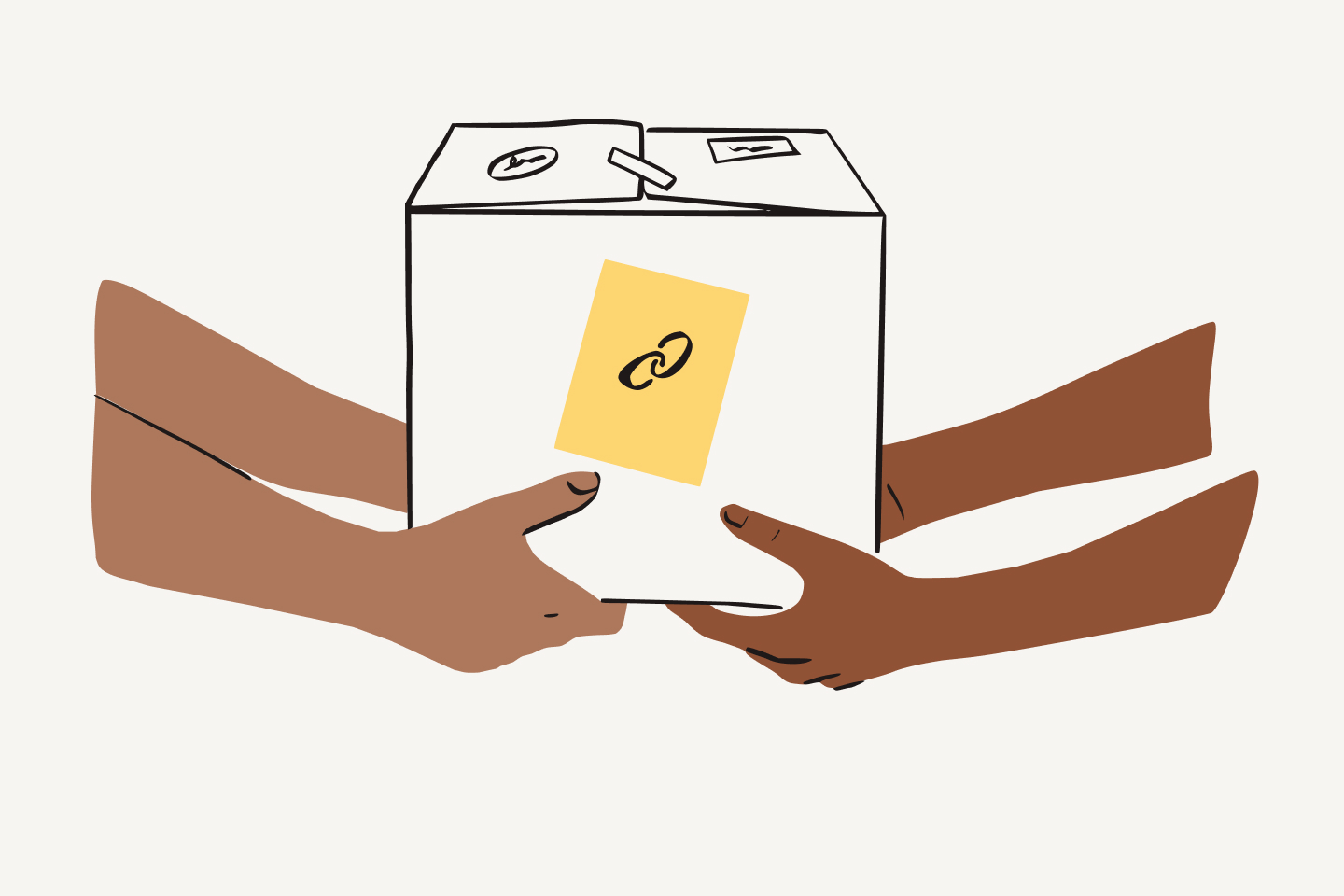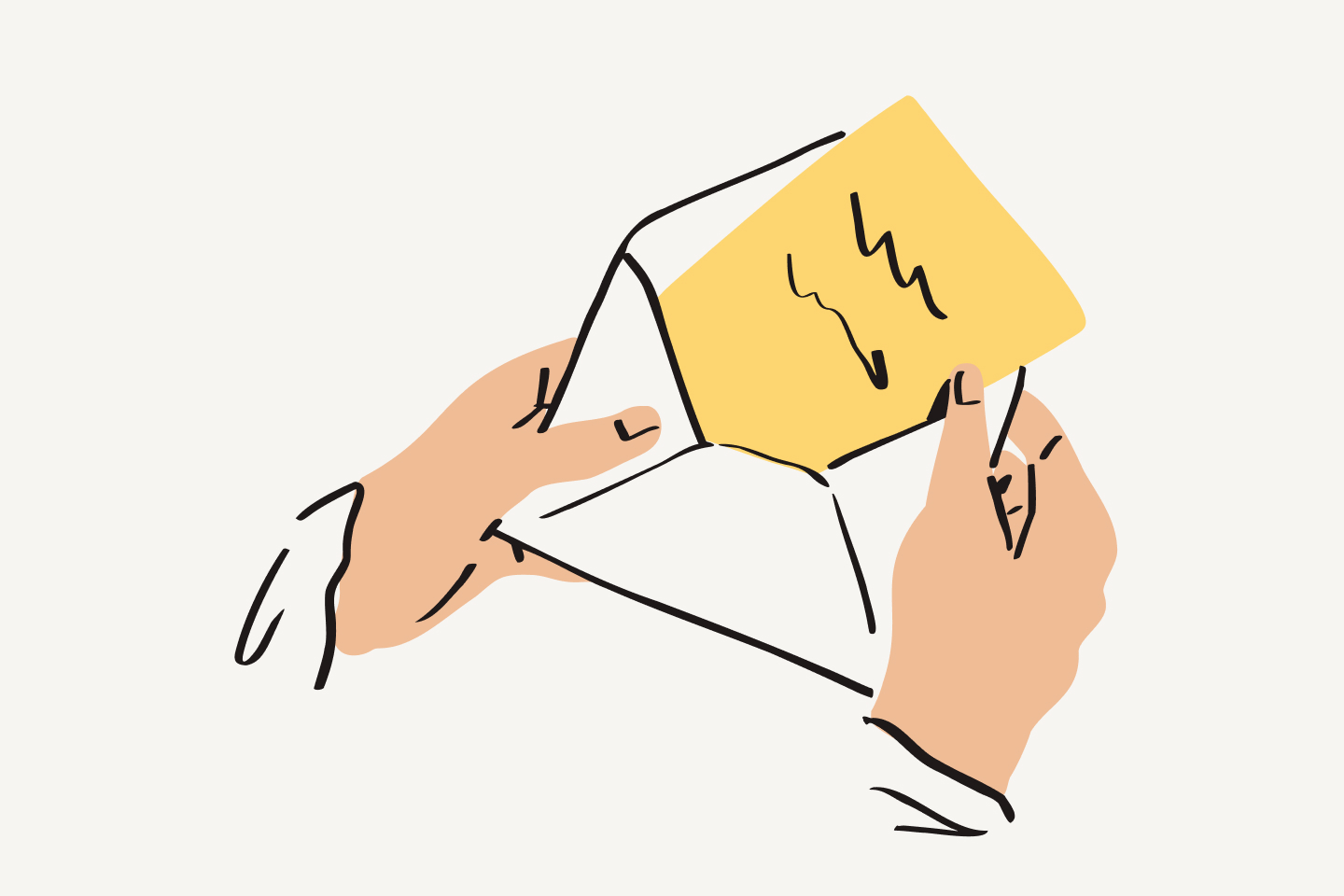Paso 2: Encuentra tu estilo
Uno de los mejores aspectos del trabajo remoto es la capacidad de personalizar un enfoque que se adapte a tu vida. Primero lo primero: es útil saber si eres un integrador vida–trabajo o un segmentador vida–trabajo.
Los integradores vida–trabajo pueden cambiar fácilmente entre tareas personales y profesionales a lo largo de la jornada laboral. Tal vez respondan correos electrónicos después de la cena, corran a la farmacia entre reuniones o hagan ejercicio a media tarde para refrescarse y recargar energías. Si eres un integrador, probablemente no tengas que trabajar a altas horas de la noche, porque tiendes a ver el día de trabajo como fluido.
A los segmentadores vida–trabajo les gusta mantenerse completamente concentrados en los proyectos de trabajo durante la jornada laboral, prefiriendo no perder el ritmo o interrumpir el enfoque. Cuando están trabajando, ponen toda su energía—y cuando dan por terminado el día, lo dan por terminado y ya no se reportan. Si eres un segmentador, probablemente tengas límites claros y consistentes para el inicio y el final de cada jornada laboral.
Conocer tu estilo puede ayudarte a establecer expectativas, colaborar de manera más eficiente y mantenerte en la zona donde eres naturalmente más productivo.
Paso 3: Crea rituales diarios
Existe clara evidencia de que los rituales diarios son buenos para nuestro bienestar mental y físico. Los rituales nos ayudan a comenzar y terminar cada día intencionalmente. Pueden aumentar los sentimientos de calma, inculcar disciplina e impulsar el rendimiento mental. También pueden ayudarnos a sentir una sensación de control, lo que a su vez disminuye los niveles de estrés y ansiedad.
Un ritual diario puede ser tan simple como hacer tu cama cada mañana, vestirte como para ir a una oficina (aunque esté al final del pasillo), meditar o pasear al perro. También puedes descubrir que reservar el tiempo de “viaje” en ambos extremos de la jornada laboral, incluso si no sales de casa, puede ayudar a tu cerebro a prepararse, procesar y cambiar de velocidad.
Hagas lo que hagas, no lo fuerces. Los rituales deberían ayudarte a sentirte estructurado y equilibrado, no abrumado. Presta atención a cómo te sientes, trabaja con tus ritmos naturales y, lo más importante, sé consistente.
Paso 4: Personaliza tu espacio de trabajo
Las investigaciones muestran que las emociones positivas están vinculadas a la creatividad, el pensamiento más amplio y la receptividad a las nuevas ideas. Por lo tanto, crear un espacio de trabajo en el que realmente quieras estar puede hacerte mejor en tu trabajo. Además, pasamos muchas horas sentados a un escritorio, así que ¿por qué no hacerlo lo más acogedor posible?
Adiciones saludables a tu espacio de trabajo:
- Plantas vivas. La vegetación mejora la calidad del aire, se ha demostrado que aumenta la concentración e incluso puede ayudar a estabilizar tu estado de ánimo. Sentarse cerca de una ventana puede tener un efecto similar.
- Una botella de agua para recordarte que debes mantenerte hidratado y evitar la disminución de energía en la tarde, especialmente si tomas café durante todo el día.
- Fotos, arte y toques personales que te inspiren.
- Elementos sensoriales, como una taza colorida, una vela perfumada, un difusor de aceites esenciales o una manta.
- Música que mejore el estado de ánimo y auriculares con cancelación de ruido. Sugerencia: Se ha demostrado que las melodías solo instrumentales con un tempo constante ayudan con el trabajo profundo.
- Refrigerios saludables que te mantienen alimentado, como frutas, verduras y dips, y variedad de frutos secos.
Paso 5: Ten en cuenta la ergonomía
En pocas palabras, trabajar desde casa nunca debería doler. La ergonomía es la ciencia de diseñar y organizar cosas para un uso humano seguro y eficiente. A veces, incluso algunos pequeños cambios en tu equipamiento pueden marcar la diferencia en cómo se siente tu cuerpo al final de la jornada laboral.
- Tu silla debe ser cómoda pero que te sostenga (no un sofá para acampar).
- Cuando te sientas a tu escritorio, los codos deben doblarse en un ángulo de 90 grados.
- Las manos y muñecas deben descansar planas sobre el teclado de la computadora y el mouse o trackpad. No deberías necesitar inclinarte hacia adelante para alcanzarlos.
- Coloca tu monitor de modo que mires directamente hacia adelante, no hacia abajo. La dirección de mirada ideal es de dos o tres pulgadas debajo de la parte superior del marco.
- Si te paras mientras trabajas, usa una alfombra o tapete de espuma viscoelástica para quitar la presión de tus articulaciones.
- Reduce la fatiga visual y la irritación con iluminación en capas: una lámpara de techo más una lámpara de escritorio.
- Prueba una lámpara de escritorio con ajustes fríos y cálidos que puedas adaptar para diferentes niveles de luz natural a lo largo del día. Un espacio demasiado iluminado o con luz demasiado tenue puede causar fatiga.
Paso 6: Minimiza las distracciones
Ya sea que trabajes desde una oficina en casa, un dormitorio o la mesa de la cocina, las distracciones son inevitables, desde miembros de la familia, mascotas, compañeros de cuarto y repartidores hasta programas de televisión, podcasts y la Internet llena de todo.
El reto es crear un ambiente propicio para la productividad dentro de un espacio que has diseñado para, bueno, vivir. Estas son algunas sugerencias para crear límites físicos y mentales que te ayudarán a mantenerte enfocado:
- Haz un plan. Tanto si eres un integrador como un segmentador, es beneficioso asignarte mini plazos, o planear trozos del día para trabajar en tareas específicas.
- Comunica. Haz saber a las personas con las que vives cuándo necesitas tiempo de tranquilidad y cuándo volverás a estar disponible. Lo mismo va para tus compañeros de trabajo. Bloquea ambos en tu calendario.
- Limita las tentaciones. A veces, apartarte de algo es todo lo que necesitas para disminuir su agarre sobre ti. Puede ser el televisor, el refrigerador o incluso las apps de tu teléfono.
- Silencia las notificaciones. Todo compite por nuestra atención en estos días, pero no todas las alertas son iguales. Decide cuáles son realmente útiles, como recordatorios de reuniones, y silencia el resto.
- Recuerda tus rituales. Cuando cortas cada día con actividades que te hacen sentir bien, es más fácil mantenerte enfocado y positivo al hacer el trabajo.
Paso 7: Planea desconectarte
Tú conoces tus límites. A veces tienes que disfrutar de un tiempo personal de verdadera distracción para mantenerte concentrado en el trabajo, proteger tu ancho de banda emocional y evitar el agotamiento.
Ya sea que estés considerando tomarte un fin de semana largo o unas vacaciones importantes, asegúrate de que los miembros de tu equipo tengan toda la información correcta antes de irte. Porque cuando ellos saben qué hacer y dónde encontrar las cosas cuando tú no estás, puedes desenchufar y recargar totalmente tus baterías.
Usa la plantilla de correo electrónico de muestra a continuación para planificar con anticipación (agrega tantos proyectos abiertos como tengas). Una buena regla general es compartirlo unos días antes de publicar tu mensaje de OOO, en caso de que alguien tenga preguntas.
EJEMPLO DE PLANTILLA DE CORREO ELECTRÓNICO
Hola, equipo:
Aquí está todo lo que necesitan saber para que los proyectos sigan avanzando mientras estoy ausente.
Mis fechas fuera de la oficina:
Proyecto abierto:
Estado:
Compañero de equipo que me cubre:
Puede tomar decisiones/hacer aprobaciones en mi ausencia (S/N):
Vínculos a documentos relevantes:
Notas o contexto adicionales:
Si tienen alguna duda, háganmelo saber antes del [FECHA]. ¡Gracias!



